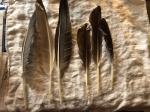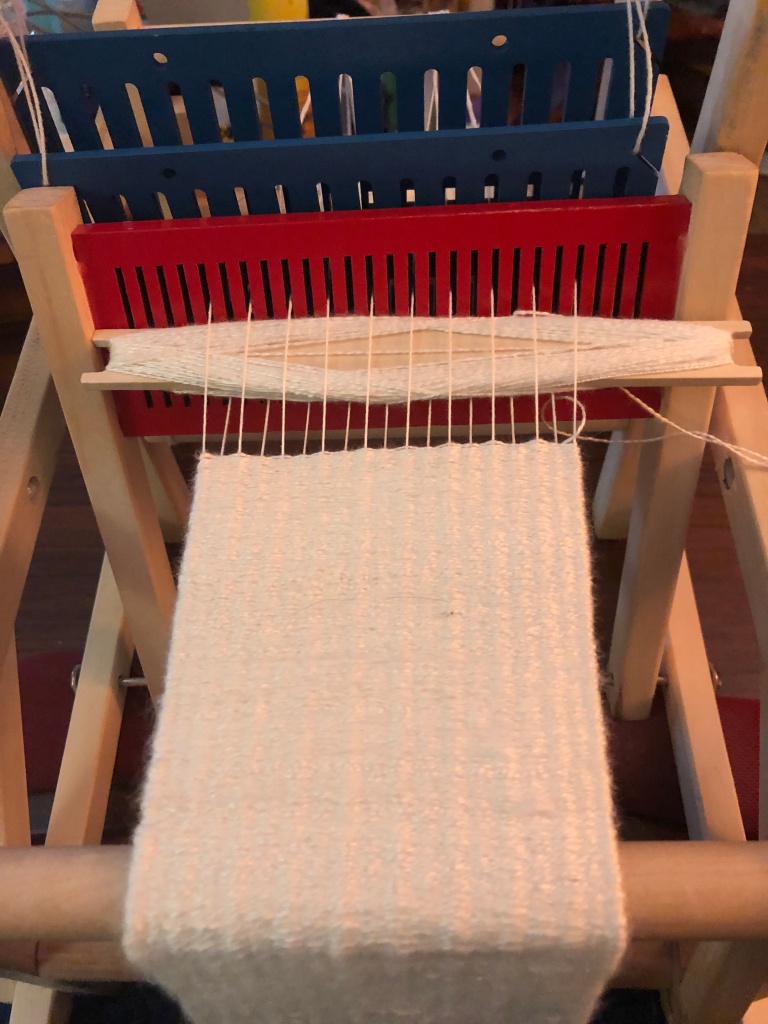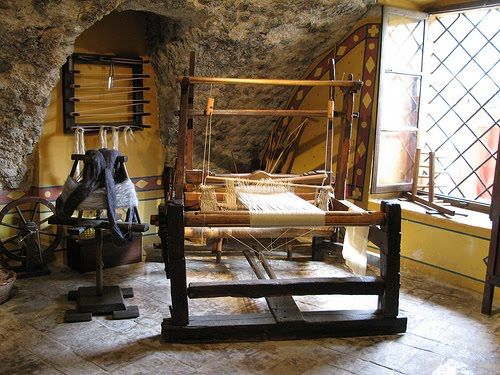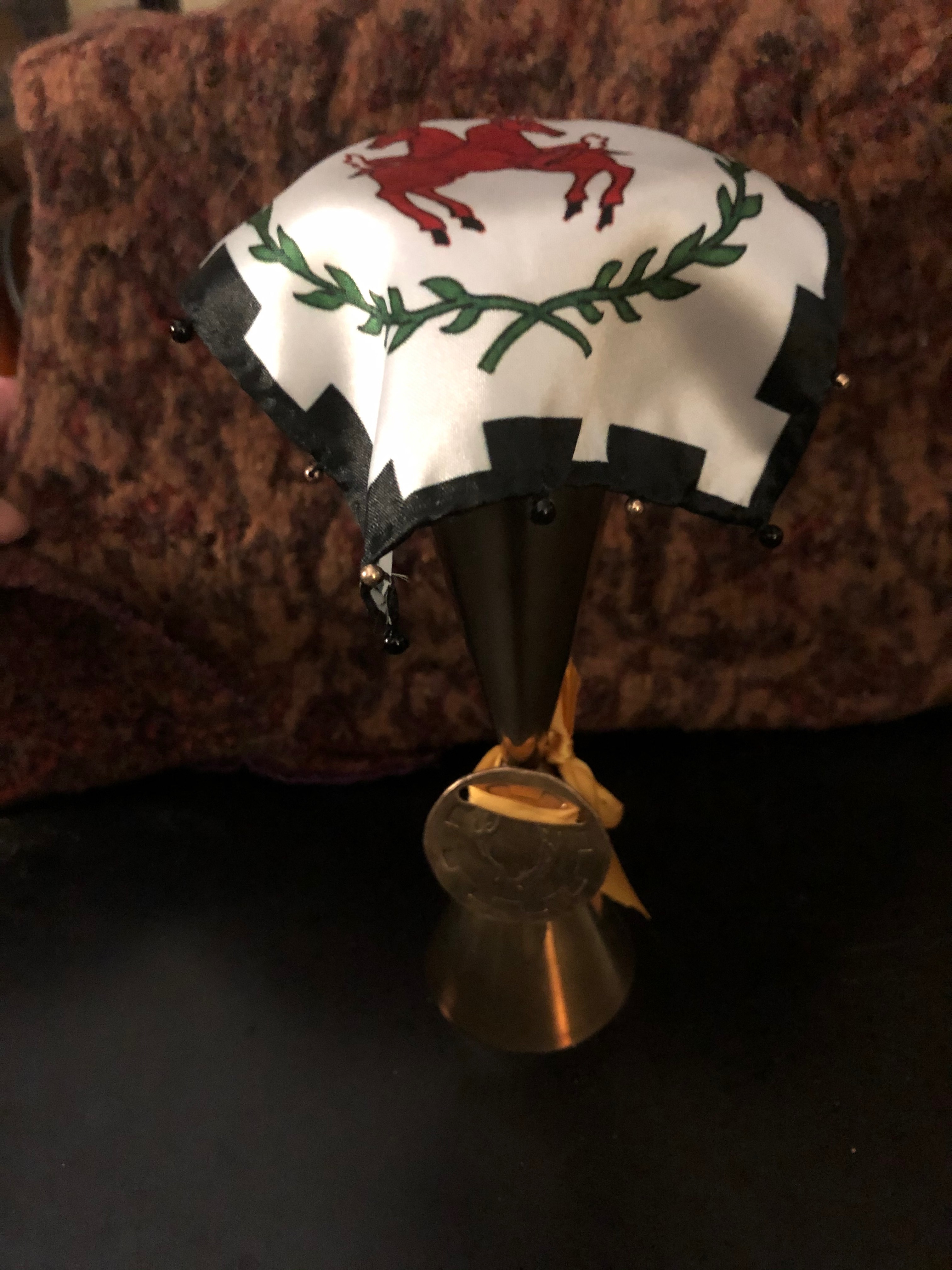
I know it’s been awhile on here. Suffice it to say I have been busy. Between work and becoming my local group’s Seneschal in the Society for Creative Anachronism, dating, and life in general, I haven’t had a lot of spare “oomph” to think up blog posts.
But frankly, it’s more than time to show off a little of what I have been doing. First, and probably primarily, I’ve been learning how to play the citole as well as delving into medieval music theory with Medieval Music Besalu, and taking the beginning and intermediate citole classes has upped my game considerably.
I’ve taken to TikTok with a lot of my music videos. For December 2023, I did one medieval (or medievalish) carol a day. Here are a few examples:
Natali Regis Gloria (from the Troparium de Catania)
Technically not a Christmas song, but it is about the Virgin Mary: Ave Mater Salvatores
Finally, just last night, I put up a secular song on YouTube, “Bryd one Brere,” the oldest known medieval love song.
Other things I did in 2023: write a paper about plectra (picks) for playing citole. I make my own out of goose quills, and this paper explains my methodology.

A mixture of Toulouse and Canada goose quills.
I submitted the paper and a display at St. Eligius, a big A&S competition in the East Kingdom. I didn’t get very high marks but I did not expect to; my plectra aren’t pretty to look at, and there are no examples of citole plectra extant. The British Museum has the Warwick Citole and the case made for it. That’s all we have for citoles–and that particular one was converted into a violin for Elizabeth I, so we can only guess at what the top looked like before the conversion. As for how they were played or what with, Ian Pittaway at his Early Music Muse blog goes into very deep into details with his theories, using illustrations and sculpture.
I was asked why did I not try other methods of making plectra other than boiling the goose quill barrels and cutting and shaping them while still pliable. I think I can answer that by saying citoles were associated with clerics and the nobility, those who could write. What was used for writing? Quills. How do scribes prepare their writing quills to prevent them from fraying and splitting when in use? They soak and heat treat them. These methods, whether using hot sand or ashes or a heated metal plate, are called “dutching” (here is one writeup of a technique from the 19th century). If I were using a whole quill barrel with the tip cut similarly as a writing quill, cold water soaking and heat treating them when they were pliable would be the way I’d go. I have a ton of smaller quills to do the writing quill methods of dutching, including what are purported to be swan quills. However, since I was working with the quite rigid and thick primary wing quills from Canada geese, I wanted to cut them into slices, and I found millinery techniques to be useful. Whichever way, water is involved, because if you heat treat an unsoaked quill, you render it brittle and unusable.
Another question I was asked at St. Eligius was why I didn’t experiment with adding herbs or salts to my boiling water. I did not have an answer in the paper, but it seemed obvious to me why you wouldn’t want to add such things in. That is due to the nature of what quills are made of. Like our hair and nails, quills are composed of keratin. Water birds produce oil to keep their feathers in good condition—with goose quills, you have to heat treat them to get rid of the oils. But adding plain salt to the water, or a more grease-reactive salt such as Epsom salt, would be too much of a good thing—note what Epsom salt does to curly hair. While keratin is insoluble in salt solutions, salts can strip oils right out, and heat treatment already does that. No bird quills seem to be greasy enough to warrant using a salt in dutching techniques, as far as I have been able to research. (Also, the discovery of Epsom salt is post-period, according to the British Epsom Salts Council.) You could use salts of other chemicals––like urea. But as the NIH article notes, “Keratins are insoluble in aqueous salt solutions but these proteins are soluble in solutions containing denaturing agents, such as urea.” Urea is a grease-cleaner, and aged urine has a long history in period of cleaning the grease from wool and wool clothing. Will a quill dissolve in urea? I’d really rather not find out, and if no scribes in period are attested to have used salts or herbs in treating quills, why would I?
There’s also in-period accessibility of materials. Goose quills? They’re everywhere. Specialized salts? Not unless you were an apothecary or alchemist. Yes, there could have been musicians who were one or the other. But to use expensive chemicals to make essentially a throwaway doesn’t seem very practical to me.
There’s a reason why most guitarists acquire picks by the dozens (or even the pound). We drop and lose the things all the time. I am fairly careful about keeping track of my plectra but they’re small and light and easily lost. Even using something like a bone stylus or hairpin, Pittaway found some illustrations of these kinds of plectra being attached to citoles by a cord.
Another plectra possibility is metal. A smooth coin, a stylus made of gold or silver…but the thing with a metal or bone plectrum is, it shreds gut strings. I am VERY careful to not use my fancy bone hairpin very often as a plectra, and only when I am not strumming a lot, because I don’t want to spend another $36 or so on new strings any sooner than I have to. Styluses are not flexible either, and I value flexibility in my plectra..
So I am going to stick with my practical, not artistic-looking quill plectra. How it looks doesn’t matter, what matters most to me is playability—how it feels in the hand and against the strings—and the sounds I can make with it.






